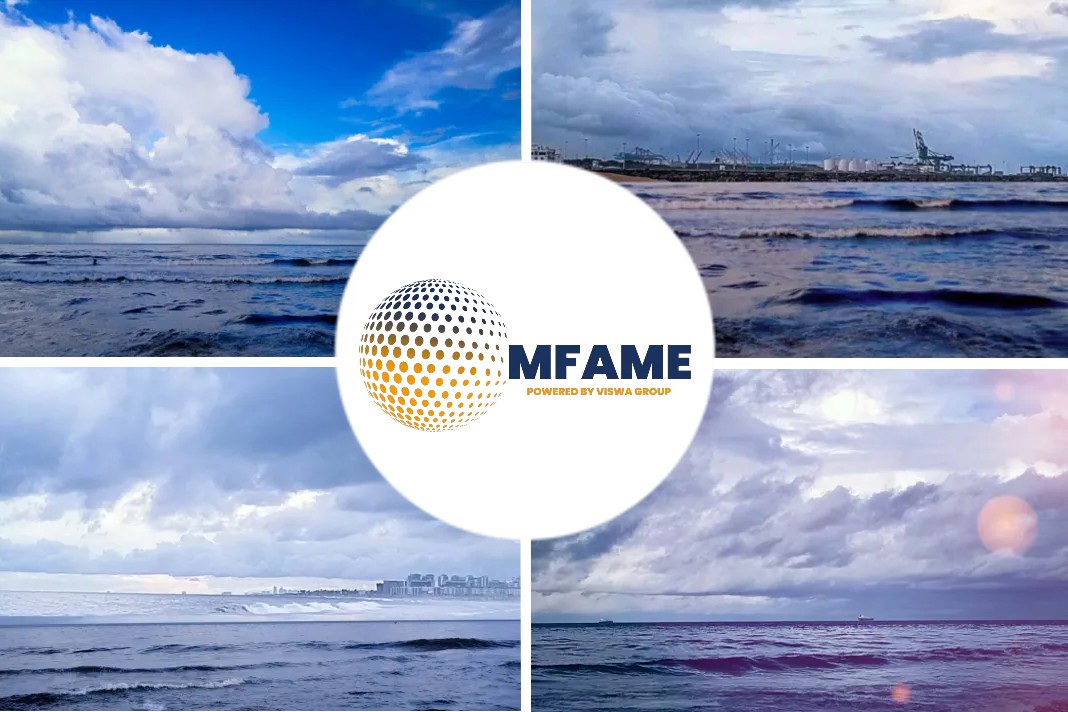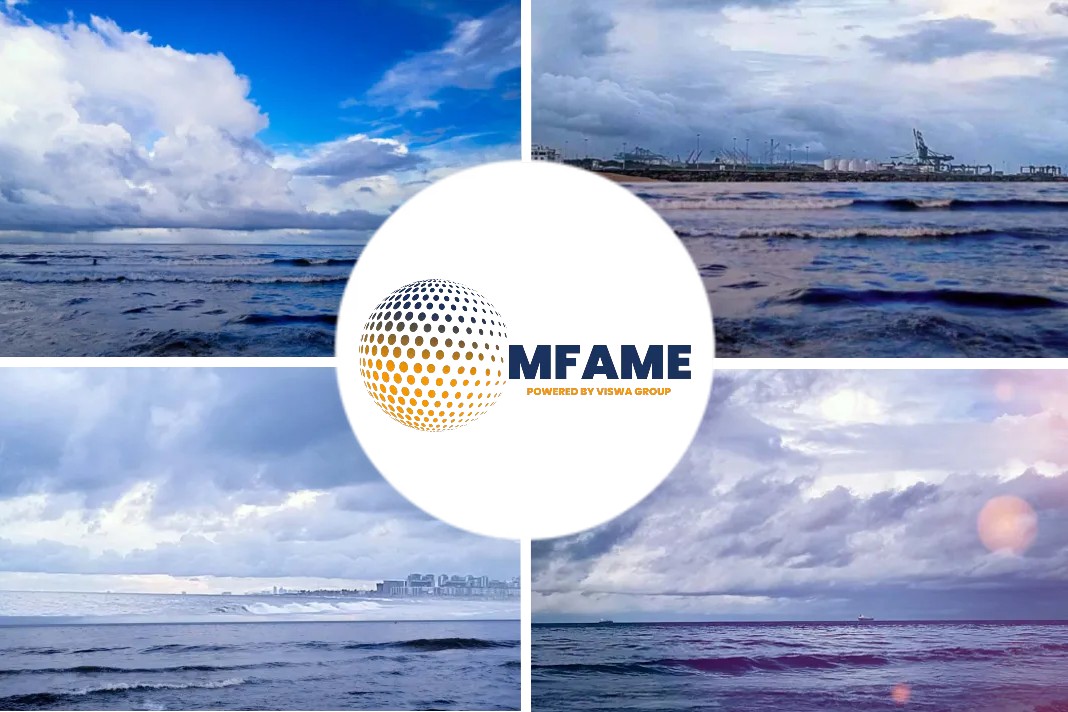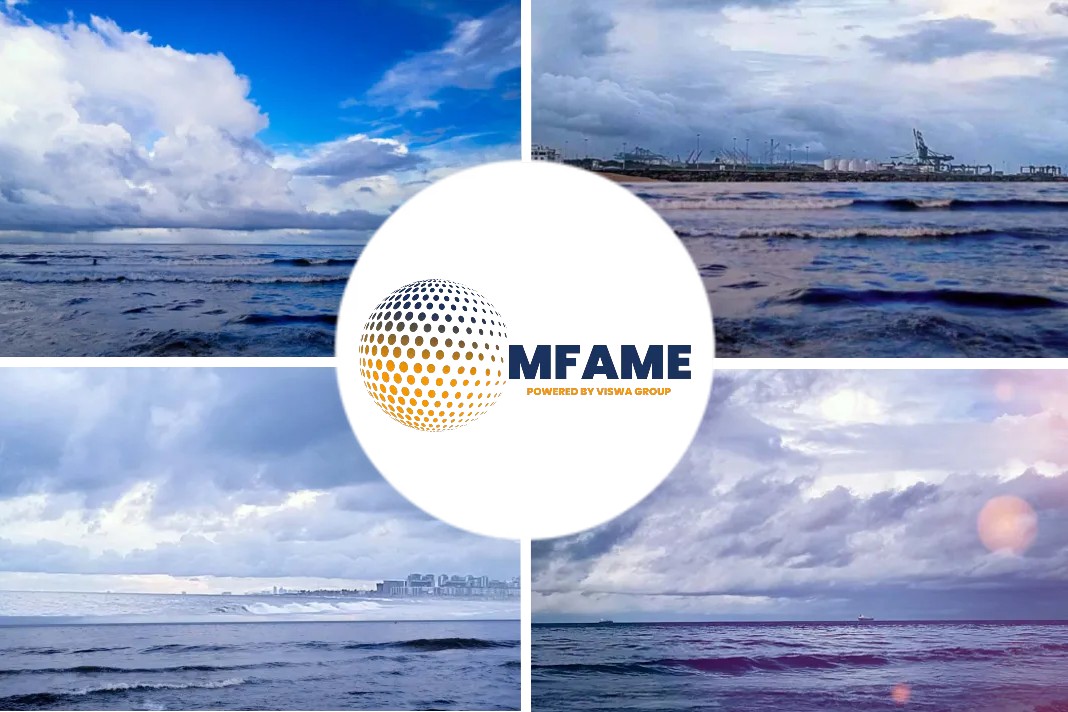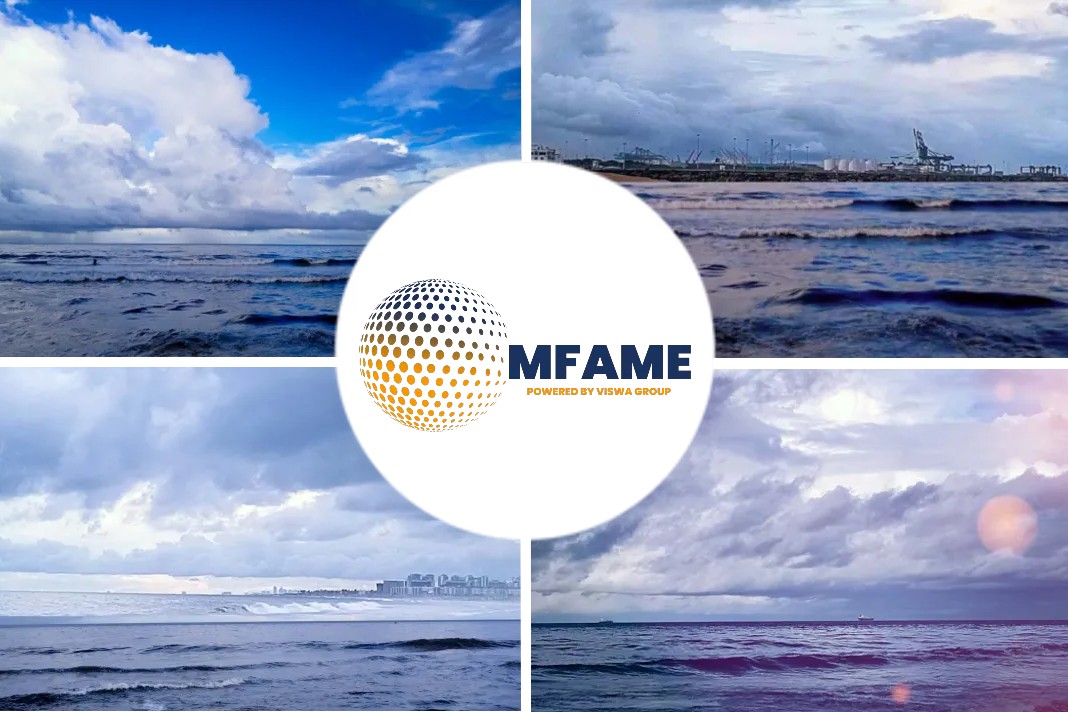Shipping is undergoing a tough time as it prepares for the stringent regulations. The regulations were a fall out of Climate change concerns which increased pressure on shipping to reduce its fuel consumption and greenhouse gas (GHG) emissions. Today, we are going to discuss the impending regulations and how to use energy efficiency technologies in order to comply with them.
What are the new regulations?
The International Maritime Organization (IMO) adopted mandatory technical and operational energy efficiency measures for ships which entered into force 1 January 2013. Also, IMO in April 2018 adopted an initial GHG reduction strategy, targeting a reduction of total annual GHG emissions by at least 50% by 2050 compared to 2008, as well as a reduction in carbon intensity by at least 40% by 2030, pursuing efforts to 70% by 2050, compared to 2008. The initial IMO strategy is expected to lead to further regulations and policy measures to reduce GHG emissions and improve the energy efficiency of ships.
How to reduce GHG emissions?
There are two main ways of reducing GHG emissions from shipping: firstly, by improving energy efficiency – and thus fuel use – through technical, operational and logistics measures; and secondly, by introducing alternative fuels with lower or zero carbon intensity. Typical barriers to the uptake of these reduction measures include:
- Lack of access to finance and long payback periods.
- Lack of confidence in the expected energy efficiency performance improvements.
- Split incentives (the main one being that shipowners that are not paying for the fuel may not invest CAPEX to improve energy efficiency).
- First mover disadvantage: High initial costs of novel technologies, lack of operational experience and scope for moving regulatory goalposts.
- A lack of consistent regulatory pressure can also prevent implementation and scaling up of solutions.
This White Paper aims to address two questions:
- Firstly, how can shipowners monitor and verify the impact of energy efficiency improvements.
- Secondly, how can equipment manufacturers verify the impact of energy efficiency technologies (EET) under different operational conditions.
Verifying the fuel savings of EETs can:
- Improve trust between shipowners (who will ultimately invest in an EET), charterers and technology providers.
- Increase confidence of the performance improvements, thereby supporting the shipowner in justifying the added investment costs and making shipyards include the solution in standard new ship designs or retrofit EETs to existing ships.
- Enable shipowners to convince time charterers to pay a premium for a vessel through the provision of more accurate data on fuel consumption, making the vessel more attractive to the market.
- Increase the resale value of the vessel.
Performance of energy efficiency technologies
CO2 emissions reduction potential from measures, classified in five main categories
There is a wide range of technologies and solutions available for improving ship energy efficiency and hence reducing emissions, with varying effectiveness and applicability, reflecting the variability of vessels and their operation.
Figure 1: CO2 emissions reduction potential from measures, classified in five main categories
A recent literature review analyzed 60 studies providing quantitative estimates of CO2 emissions reduction potentials for different measures.
The key results are shown in Figure 1, indicating large variability in the reported CO2 reduction potentials for each measure. The reduction potential of EETs, in particular for hull and propulsion-related measures, strongly depends on factors such as ship type, size, operational profile, engine and hull condition, and age. In addition, the definition of the baseline ship performance and the impact of weather conditions further complicates the task of assessing the impact of EETs.
The implementation of EETs is not compulsory by regulation, and when there is uncertainty in the performance of EETs, and a lack of demand, shipyards may not include them in their standard design as it will increase the base price. Shipowners and operators would then have to assess an investment based on promised savings from ETT providers and convince the shipyard to incorporate the EET into their design, increasing cost. As a result, the business case for EETs can be weak, slowing down the uptake of EETs.
There is therefore a significant incentive for the shipping industry to have a more formalised evaluation of the performance of EETs, based on sound principles; reliable data and assessment; and qualitative and quantitative confidence indicators.
How is the performance measured?
Performance of EETs is usually expressed by manufacturers in the form of percentage fuel savings which, in many cases, is an oversimplified performance indicator or only applies to a specific ship and one operating condition, and hence can be misleading. Assessing the performance of EETs is usually undertaken through a comparison of in-service data with model tests or Computational Fluid Dynamics (CFD).
Although this may sound straightforward, because ships trade in a variety of conditions and sea/weather states, there is a need for a standardised verification methodology that allows for comparison of the baseline performance and the performance of the ship with an EET fitted, under the same realistic conditions. Such a procedure should be transparent and use accepted industry standards for reliable data collection and analytical methods, such as the International Organization for Standardization (ISO) 19030 Standard for “Measurement of changes in hull and propeller performance”.
| Hull improvements & propulsion | Technologies and solutions improving the hydrodynamic performance of the vessel. This includes solutions reducing the resistance and/or improving the propulsive efficiency of the vessel. Examples include measures such as Propulsion Improving Devices (PIDs) or air lubrication |
| Machinery | Measures that improve the energy efficiency of main and auxiliary engines such as auxiliary systems optimisation, optimised heat exchangers, waste heat recovery systems, electronic auto-tuning and batteries. |
| Energy consumers | Consumers are equipment or devices that use energy when operated. Energy consumption of these technologies can be reduced through improvements of the device or optimising its utilisation. Examples include efficient heating, ventilation and air conditioning (HVAC), efficient cargo heating, frequency controlled pumps and fans and cargo handling systems. |
| Renewable energy | Technologies capturing energy from the surroundings of the vessel and using or transforming it to useful energy for the vessel to use, such as kites, fixed sails or wings, Flettner rotors and solar panels. |
| Operational | Solutions for improving the operation of the vessel rather than improving the vessel itself, such as trim and draft optimisation, speed management, autopilot adjustment and use, and combinator optimising for vessels with controllable pitch propellers. |
Types of EETs and their function
Table 1 describes five categories of EETs. Each of these categories may require a specific methodology for assessing the performance impact. However, there are some common elements that can affect the accuracy, reliability and therefore the confidence level of each assessment. The most important factors are:
- Data
- Data quality: This includes methods for handling and processing the data required for EET analysis. This might include sampling rates, filtering data sets and preparing data for processing.
- Data quantity: Sufficient amount of data under all weather and operating conditions of interest is necessary for reaching concrete conclusions.
- Amount of processing that the data requires: i.e. did the data contain a lot of noise? Are they corrected to another baseline, e.g. for wind, speed, draught etc.
- Definition of appropriate baseline: Definition of the baseline can significantly affect the results of the analysis; therefore, it is important to select and assess an appropriate baseline.
- Ability to associate the energy efficiency improvement to a specific technology: e.g. was a hull improving technology applied after a dry dock with new paint and polished propeller? Or was it a single addition with all other the same as the baseline?
- Data collection method: The methodology used for evaluating the impact of EETs should be appropriate not only for the technology but also for the vessel type and operating requirements. In addition, there is often a trade-off between desired accuracy and what is practically possible in many vessels.
- Data analysis method: The method used should be “fit for purpose”. When possible, analytical computational methods might be preferred to empirical formulae. Were EETs assessed in identical conditions to the baseline? Ideally, a consistent method should be used for the ship with and without an EET fitted.
- Transparency of method used: Is the analysis method auditable/verifiable by a third party or is it a black box? As system performance data can be sensitive, in some cases, this can be done under a Non-Disclosure Agreement with the verifier.
Methods for monitoring the performance of vessels and EETs
In principle, monitoring vessel performance nowadays is mostly based on data from either Noonreporting or performance monitoring systems.
Table 2 summarises the types of data that can, in the best case, be obtained from the use of different data monitoring systems. However, the final data set will depend on many factors such as the configuration of the monitoring system, the company, whether the data is automated and the frequency of the data collection, etc.
Table 2: Data sources that can be obtained from using different data monitoring systems
Performance monitoring systems contain mostly automated data which can be more accurate and collected in intervals of seconds/minutes to enable collection of much bigger data sets over the same period of time, when compared to noon reports that only deliver one data point per day (e.g. averaged speed over ground). Before data analysis, it is a good practice to filter the database in order to remove outliers.
How to analyse the data?
Generally, filters are applied to ensure data is used that represents a ship in a steady state (e.g. low acceleration, constant power, constant route). Corrections and/or filtering are normally also required for weather (e.g. filter out high winds), fouling, machinery degradation and different loading conditions.
Data analysis may be conducted by an independent third party, such as an external company, a class society or academic institution, to provide expertise and an independent assessment.
It should be remembered that regardless of the data collection method used, there will be some standard errors that, given the large number of variables affecting the performance of a vessel at sea, are rather difficult to determine. For example, depending on the data available, it can be difficult to separate the influence of different operational factors, such as fouling and engine maintenance, on ship performance.
1. Standard noon reporting
The International Convention for the Safety of Life at Sea (SOLAS, Chapter V, Regulation 28) requires ships of 500 GT and above to provide a daily report to its company, which must contain sufficient detail to restore a complete record of the voyage, taking into account recommendations adopted by IMO. According to SOLAS ,the noon report shall include data on sthe hip’s position and ship’s course and speed.
In practice, information that has an impact on a ship’s energy efficiency, such as speed, fuel consumption and weather/sea state are normally taken at each watch and averaged each day. Some noon reporting systems include additional automated data such as GPS data, while weather/sea state information may only reflect the time the noon report is sent. Being a mandatory requirement under SOLAS, using data from noon reports provides a very cost-effective overview of performance monitoring. However, caution is needed as noon reports can provide an unreliable foundation for performance monitoring. The minimum standard noon report as defined under the SOLAS Convention does not contain enough information for accurate performance monitoring, even if recorded correctly. To assure data accuracy of manually entered data, a process needs to be in place to identify inconsistencies and query those responsible for data collection onboard. The main disadvantage though is that noon report data is averaged over generally a 24 hour period in which conditions may have considerably changed.
On the other hand, noon reports can provide a reliable foundation for performance monitoring when weather, fuel consumption and shaft power data have been accurately recorded for a sufficient period of time. In this case, it may be possible to assess the performance of EETs from a noon report, although identifying small changes or the effectiveness of EETs which are not in continuous operation, remains challenging. As noon reports include one data point per day only, data needs to be collected over longer periods of time, compared to performance monitoring, in order to provide a performance trend. Also, this means that noon reports may provide an inappropriate data basis for vessels that have short trips such as passenger vessels and RoRos on short trading routes.
2. Performance monitoring systems
Performance monitoring systems use automated data collection systems where relevant data is continuously collected (at a regular minute or second intervals) and subsequently transmitted ashore for analysis – normally in batches. This allows for a much more in-depth analysis of the vessel performance and provides the opportunity to optimise the use of EETs, but also requires a more sophisticated approach to data analysis.
Compared to noon reports, with performance monitoring, due to the very high frequency of the data collected, it is possible to collect more data in less time. In some cases where good data is available, approximately a few weeks’ worth of data before and after installation of an EET might be enough to have a robust baseline.
Measurement of speed through water using shipborne logs can be inaccurate because of effects such as the influence of the boundary layer or ship motions. Average speed over the ground can be measured using Global Positioning System (GPS), but this does not take account of ocean currents. Shipborne wave recorders are not normally feasible, hence use of separate weather data.
The disadvantage of performance monitoring is that these systems can be complex and expensive when compared to noon reporting as, depending on the system that is used, extra equipment such as monitoring sensors and on-board computers are required. Different companies have different systems.
Use of AIS data to supplement noon report and performance monitoring data
Whilst a good noon reporting system or performance monitoring system enables the collection of enough data for performance analysis, GPS data from AIS is accurate and is a third party data set that can be used to supplement or validate the noon reporting data or performance monitoring data by providing exact co-ordinates, which can be used to provide distance and speed information and also to get historic weather data.
Recommended practices for validating the performance of EETs
There are various methods for evaluating ship performance parameters which are described by both the International Towing Tank Conference (ITTC) and ISO.
One recommended industry accepted method that will result in a high confidence rating is the ISO 19030 Standard that has been developed to prescribe practical methods for measuring changes in ship specific hull and propeller performance. The Standard also defines a set of relevant performance indicators for hull and propeller maintenance, repair and retrofit activities.
Hull and propeller performance refers to the relationship between the condition of a ship’s underwater hull and propeller and the power required to move the ship through water at a given speed. Measurement of changes in ship specific hull and propeller performance over time makes it possible to indicate the impact of hull and propeller condition on the overall energy efficiency of the ship in question.
The ISO 19030 Standard consists of three parts:
- Part 1 outlines general principles for how to measure changes in hull and propeller performance and defines a set of performance indicators for hull and propeller maintenance, repair and retrofit activities.
- Part 2 defines the default method for measuring changes in hull and propeller performance and for calculating the performance indicators. It also provides guidance on the expected accuracy of each performance indicator.
- Part 3 outlines alternatives to the default method. Some will result in lower overall accuracy but increase applicability of the standard. Others may result in same or higher overall accuracy but include elements which are not yet broadly used in commercial shipping.
Hull and propeller performance are modelled based on the relation between the delivered power and the total ship resistance, which is a function of the ship’s speed through the water. Therefore, delivered power and speed through water are the primary measured parameters.
Secondary Parameters
A set of secondary parameters are also defined, to apply filtering and/or normalisation procedures necessary to make the reference period and evaluation period adequately comparable. Such parameters include environmental factors, such as wind speed and direction, water depth, temperature and density, and wave-related information. Operational factors are also included, such as loading conditions (draught), rudder angle and frequency of rudder movements. Procedures for data acquisition, storage and preparation, including filtering of data are provided by the Standard.
ISO 19030 offers multiple methodologies for determining performance change, with methodologies aligned to quantity and quality of performance data that can be retrieved from a subject vessel. It encourages a level of instrumentation that likely does not exist within the larger portion of the world fleet to arrive at uncertainty ranges that would be meaningful in the context of a large number of EET performance claims currently prevalent within the marine industry.
Development of a standardised Protocol
With a view to supporting increased transparency of EET performance data, the IMO-GloMEEP GIA is in the process of developing a standardised reporting Protocol as follows:
- The Protocol aims to support the provision of EET performance data in a standardised reporting and will provide guidance to shipowners when evaluating performance of an EET and applicability for their individual ship. The Protocol is expected to enable shipowners and others seeking to assess EET solutions to better understand the potential impact on their relevant ship types and compare performance across different ETT solutions. It is expected that the Protocol will be simple to use and support the provision of data in a transparent manner.
- The Protocol will potentially include a confidence level evaluation system that can provide an increased understanding of the confidence of the claimed fuel savings of a EET. This will enable those seeking to invest into an ETT to better understand the fuel reduction for their ship type and also allow comparing the performance across different solutions.
Such a confidence level evaluation system may consist of a multi-layered ‘grading table’ for each factor that has an influence on the performance of the EET. Figure 2 presents an exemplary grading table combining the data quantity with the type of data collected. In a second step, combining all impacting factors (see Figure 3) will allow calculation of a cumulative confidence level (i.e. how confident are we of the % fuel saving an EET is claimed to deliver?). - Development of the proposed Protocol for reporting the impact of EETs and a confidence level evaluation can be considered as a ‘stepping stone’ to a more standardised, robust and digitised regime for ship performance monitoring reporting and validation that encourages the fitting of sensors that are better placed to measure speed/fuel consumption relationships.
Promote and Encourage Usage
In addition to the development of a Protocol and with a view to supporting transparency of ship and EET performance data, the IMO-GloMEEP GIA is also aiming to encourage and promote, as much as practicable, the use of the ISO 19030 Standard:
- ISO 19030 is viewed as the de-facto expert document that is recommended to be applied when determining the hydrodynamic performance change of a hull and propeller combination resulting from degradation, intervention action and/or installation of an EET.
- In this context, the IMO-GloMEEP GIA encourages the application and wider adoption of the methodologies embodied within ISO 19030. Improvement and evolution of the ISO Standard is also encouraged, focusing on its ease of use.
- Development of similar methodologies and standards for assessing the performance of other types of EETs (not currently covered under ISO 19030) is recommended in order to provide tools to shipowners, operators and charterers to quantify the actual savings from various technologies in real operation.
- It is recommended that performance measurements are accompanied with environmental factors, such as cargo load, weather and sea state; and with information on the monitoring method used, e.g. which standard has been applied (e.g. ISO 19030), the frequency of data samples and length of the monitoring period.
Figure 2: Exemplary grading table combining the data quantity with the type of data collected
Figure 3: Exemplary grading table combining the data quantity with the type of data collected and additionally combining all impacting factors
Did you subscribe for our daily newsletter?
It’s Free! Click here to Subscribe!
Source: GloMEEP





















